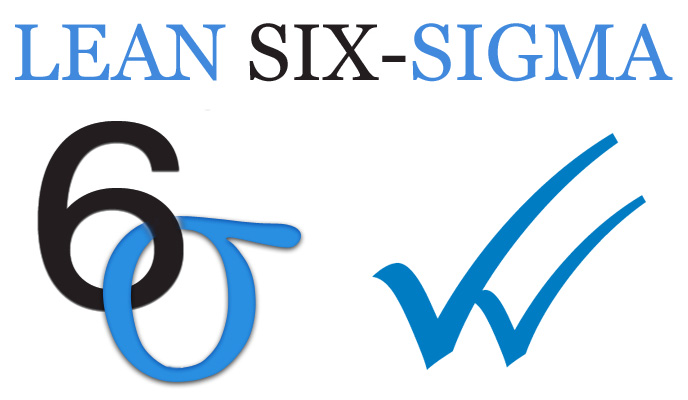Lean Six Sigma (LSS) deployments can vary in their complexity. Unfortunately many companies end up losing traction midway through an LSS project, or perhaps not even getting enough traction right at the very beginning. This is very frustrating because, more often than not a lot of time and money has been invested in training up the Belts and also just in general terms of setting up the projects in the first place.
Even more frustrating is coming to the completion of an LSS project and not being able to show how the project has achieved any sustainable benefits. This can create a lot of problems for the project team and you can find that senior managements fail to buy into projects in the future because they have lost faith.
So why does this occur and how can it be prevented in the future?
Lack of Understanding
One of the biggest problems that companies face is actually preparing for an LSS deployment properly. The majority of companies, especially when first introducing LSS into their organisation, fail to truly comprehend that deploying LSS projects means a lot of change for an organisation and its employees.
Introducing and accepting change can be a quite a big issue for an organisation. Firstly, because not everyone likes change or is willing to accept it; even more so if it affects the way in which someone does their job. Senior management and the LSS project team must understand this from the very beginning and ensure appropriate change management techniques are employed to avoid any serious issues cropping up.
Introducing Change Management Techniques
One such change management technique that proved effective for General Electric was a programme called ‘Change Acceleration Process’ (CAP). Jack Welch, who was responsible for introducing LSS into General Electric, understood LSS deployment enough to realise the importance of utilising a programme such as CAP.
CAP was key for GE to ensure that they considered all aspects of their LSS projects. This is because a key concept within the CAP programme is the equation E=Q*A, where:
E = The effectiveness of any change programme
Q = Technical quality
A = Organisational acceptance.
Following CAP ensures the project team and senior level management pay increased focus, not only to the technical aspects of training and implementation of LSS but also to the organisational acceptance side of things. This CAP equation reinforces the importance of having a high score of overall effectiveness, not just on one side of the equation (technical). It therefore better enables the obtaining of traction that is needed to ensure LSS deployment is a success and results in sustainable benefits to the organisation and its employees.
Focusing on Organisational Acceptance
It is vital, when trying to understand LSS deployment that your organisation spends a good amount of time considering all the vital elements of a project, such as the training, motivation and career goals of the employees; organisational goals and employee support structure; rewards and recognising achievement. The key thing is to not just focus on the technical aspects, which are sometimes easier to solve or take on.
By taking the time to properly consider these organisational aspects, it will give you a better understanding of how to deploy separate LSS projects and manage each of them successfully. No matter whether you are at the beginning, middle or nearing the end of a project, you can always reassess your priorities and regain the traction you have perhaps lost along the way, or never really gained in the first place.
If you try to push change through, without taking time to consider everything you should, it shows a real lack of understanding LSS deployment. You will encounter issues. It is as simple as that.
James writes for Sigma Pro. When not writing, he can often be found keeping everything lean–his meat, his abs, and his Six Sigma.





